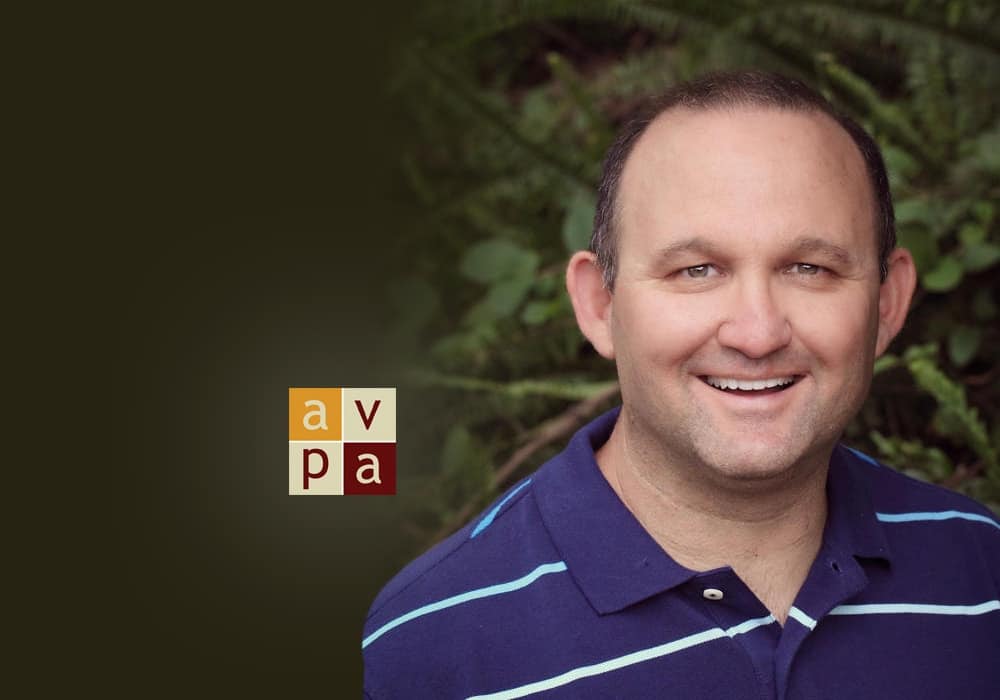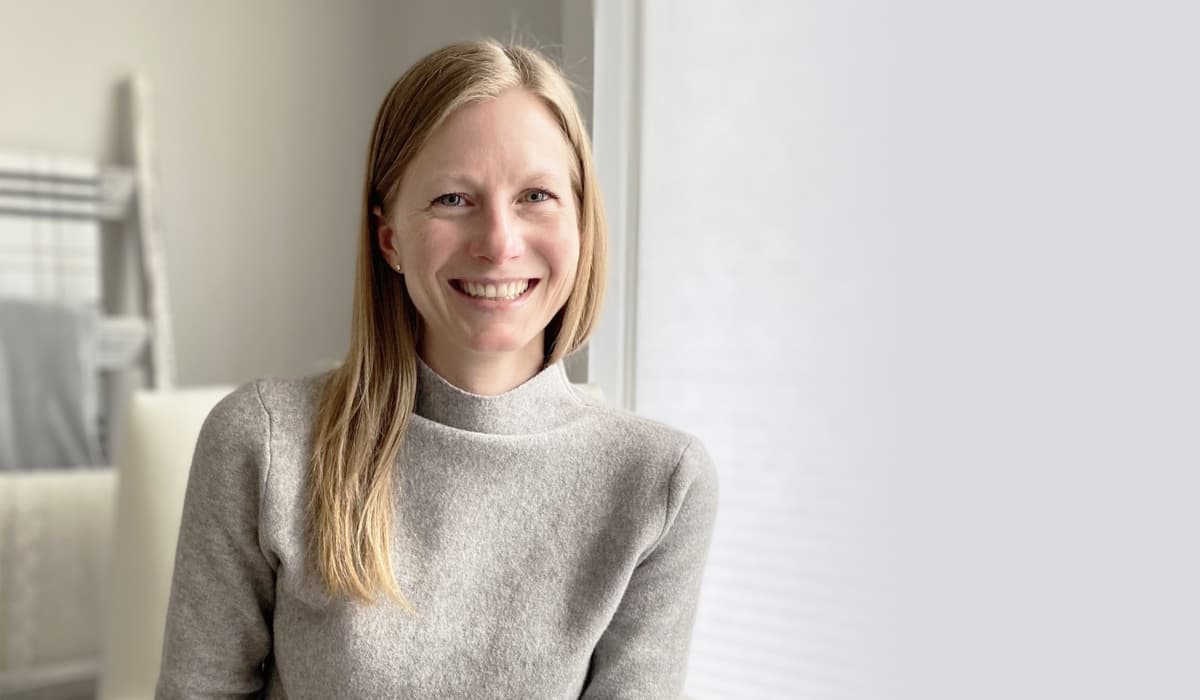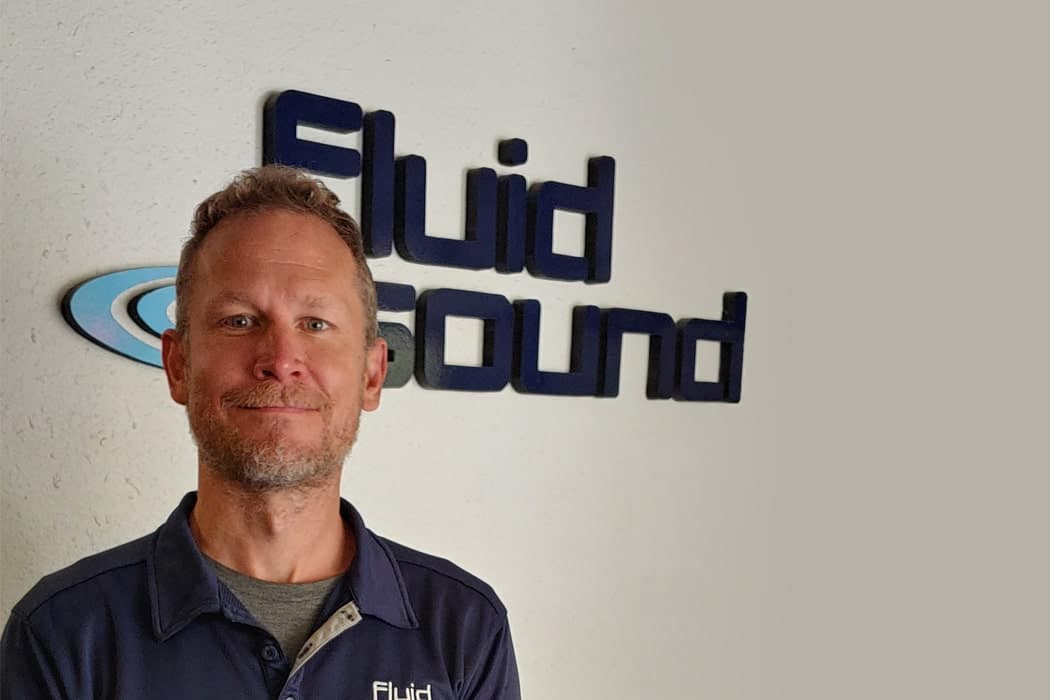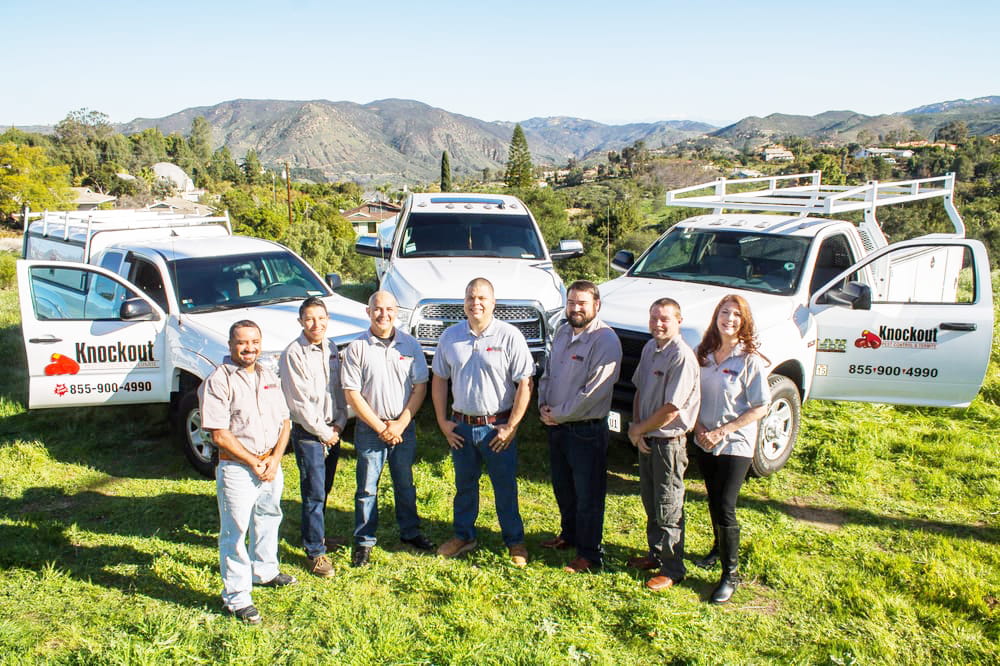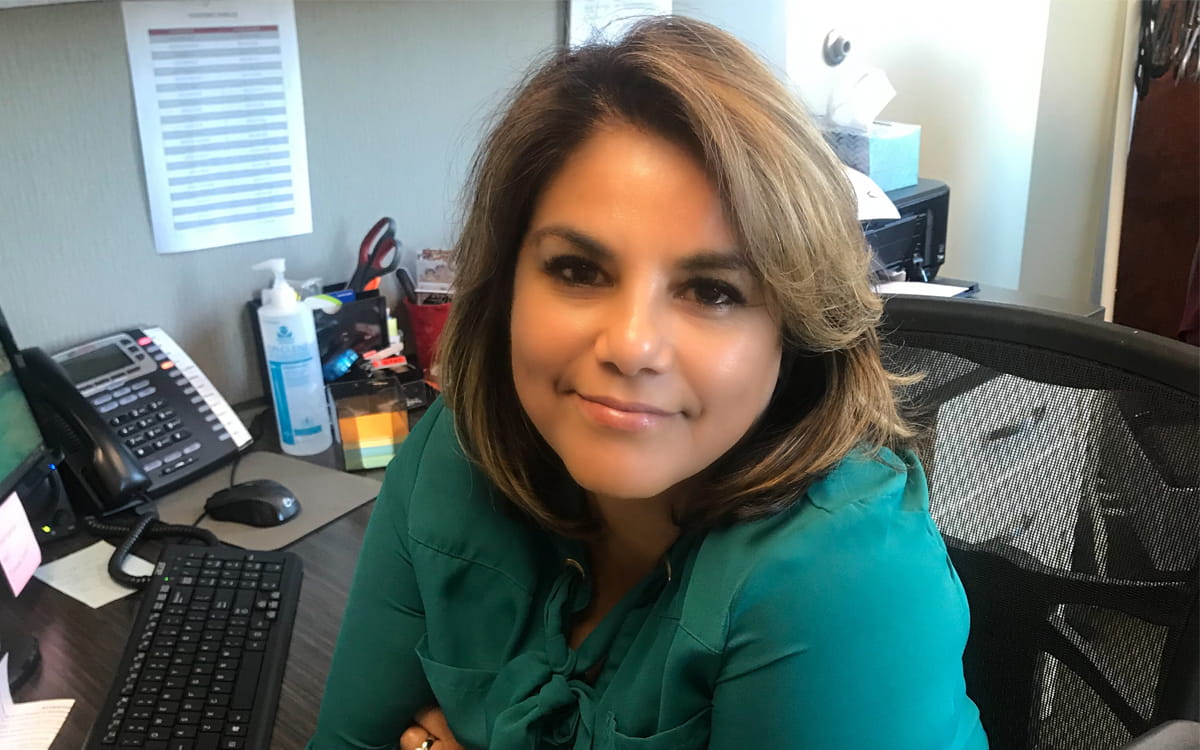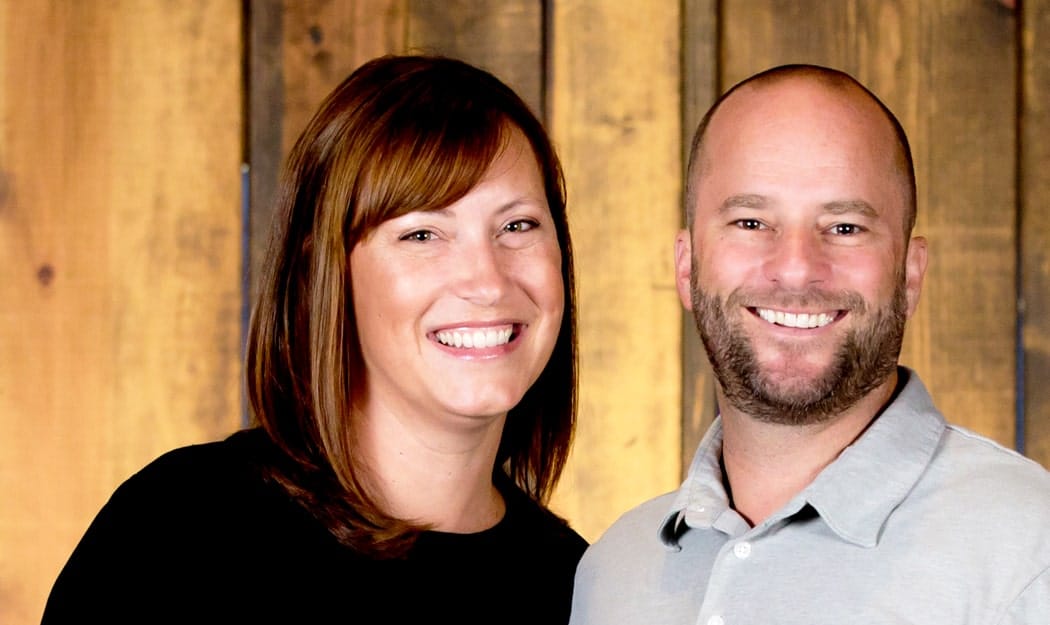In this series of interviews, called Industry Insiders, we talk with business owners from various industries to get some insight into their respective fields. Matthew Grisafe is the Owner and President of AV Programming Associates, which has offices in San Diego and Lake Tahoe. They provide Crestron and Extron programming for AV systems in high-end residences and organizations nationwide.
You’ve been in business since 2001. How has your company managed to stay on top of all of the technology changes in the programming industry?
Change is inevitable and necessary, especially in the programming industry. If you don’t move with it, you die. I think one of the major advantages that we have is the size of our company. We have stayed intentionally small, making us very flexible and able to adapt to changes when needed. We also have great talent working for us, and they keep up-to-date on their skills and the changes in the industry.
What do you wish people would understand about the programming business before they called you?
Schedules! I think people are unrealistic in their expectations of how soon things can get done. We make every effort to accommodate people’s needs, but a lot of the times, we are simply booked. I always tell people to give me as much heads up as they can. And when they have a hard and fast project deadline, they need to let us know so we can work it into the schedule.
In general, how does programming for residences differ from programming for businesses?
The biggest difference between residential and commercial programming is the clients. Our residential clients are much more personally invested in their projects. We’re dealing with people’s homes, so they understandably want to have a lot of say in the outcome. Also, residential work is often less structured, which can cause problems in the delivery. Commercial work is all done with a formal scope of work and requirements. That is why for every project, residential or commercial, I always create my own scope of work that is signed off on by my customer.
With the rise in “out-of-the-box” smart home solutions like Nest, Ring, and Alexa, have you seen the residential side of your programming business decline at all in recent years?
I get this question a lot. People ask if I am afraid that I will go out of business. This question really could be partially answered with the answer from question number one: we have had to adapt. Case in point, Crestron recently came out with “Crestron Home.” It requires no programming out of the box and can be configured by the integrator. Some would say I am out of a job, but instead, we have turned it into a new opportunity. Even though Crestron dealers have always claimed they want to get rid of the programmer, there are still certain things they don’t want to do themselves, so we have let them know that they can call us for help when needed.
In addition, I believe the out-of-the-box products have actually increased our business on the residential side of things. As these products have become popular, more people are being introduced to the benefits of home automation. However, when the out-of-the-box solutions will not do everything homeowners want, they then look to companies like ours for the customized solutions we provide.
What’s the most exciting part about running a programming company, and what would you say is the most challenging part?
The most exciting part of the business for me is the hunt. I like looking for new opportunities and creating relationships, while keeping the existing business humming. As for the most challenging part, again I refer to one of your previous questions: scheduling is the most difficult. Trying to make everything work together in a timely fashion can be challenging. For the most part, it seems to always work out for everyone, but it is those few projects that have to be done at a certain time that require us to have to get creative. However, I can’t recall a situation where we have ever let a client down.
